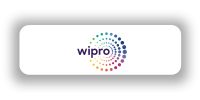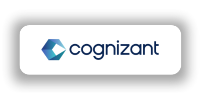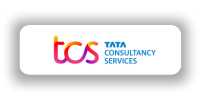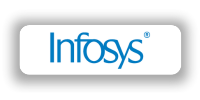Best Python Programming Course in Kerala
A Whole Guide to Python Programming Course : Learn skills that are in demand and become equipped for work in Kerala.

What you'll learn
Master content, SEO, social media & more to crush digital marketing
Whats Material Includes?
- Introduction to Programming and Python
- Building Blocks of Python
- Control Flow Statements in Python
- Functions in Python
- Working with Lists, Tuples, and Dictionaries
- Modules and Packages
- Web Development with Python :
- Data Analysis with Python (Optional):

Complete a Python Programming Course with Samantus
- Live Project
- 95% Practical
- 100% Placement help
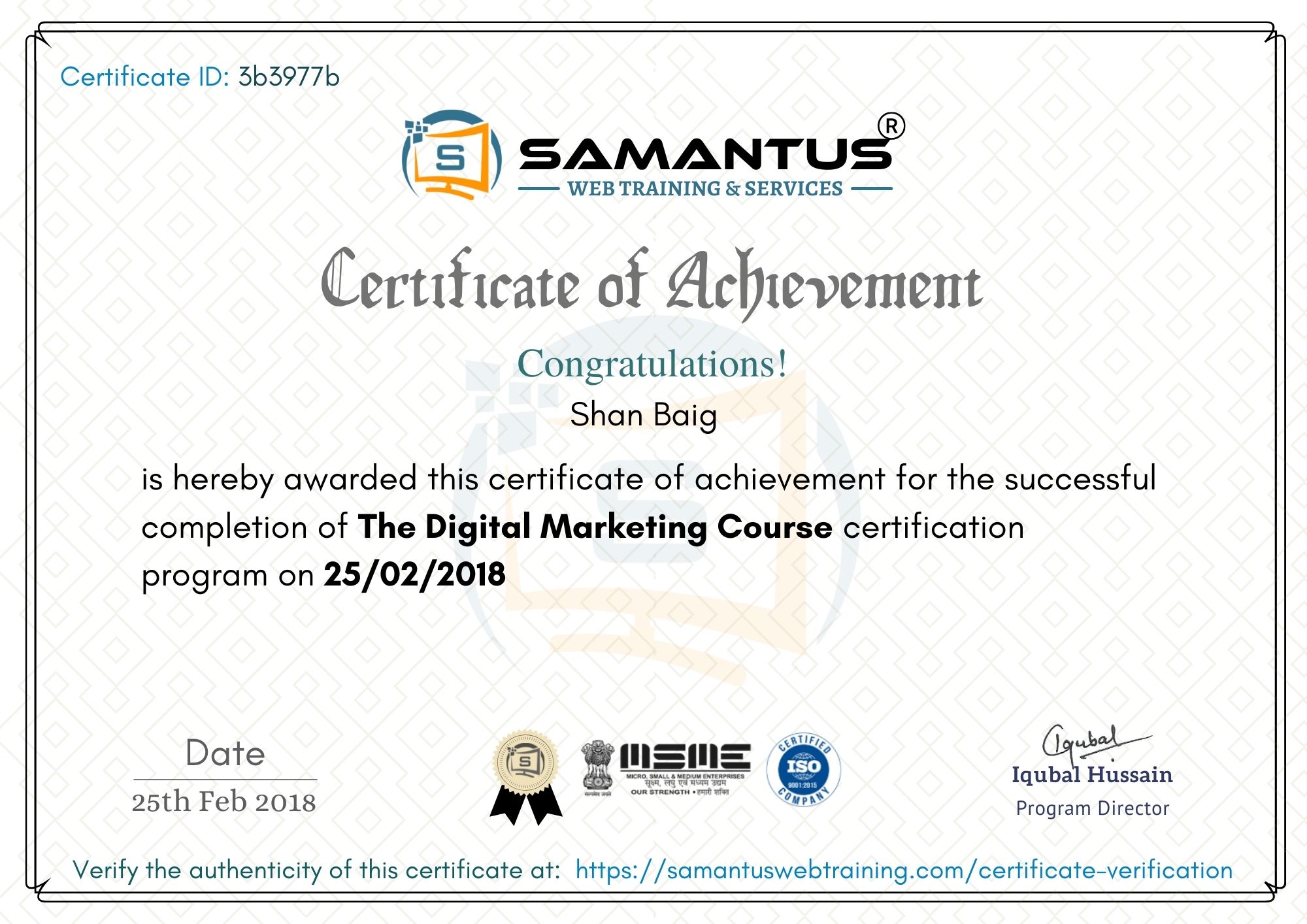
Get a Certificate Python Programming Course in Kerala
Unlock Your Potential: Get Your Python Programming Course Certificate Today

Award winning

Make your Career
Course Curriculum: Your Journey to Python Proficiency
Our Python Programming Course is meticulously crafted to equip you with the essential skills to become a proficient Python developer. Here’s a glimpse into the exciting world of Python programming that awaits you:
Module 1: Introduction to Programming and Python
This module will introduce programming concepts and the Python programming language, covering fundamental concepts and syntax.
Lesson 1: Understanding Programming Concepts
- Introduction to the Basics of Programming, including Algorithms, Data Structures, and Control Flow
- Exploring the Importance of Programming in Problem Solving and Automation
Lesson 2: Introduction to the Python Programming Language
- An Overview of Python as a High-Level, Interpreted Programming Language with a Simple and Elegant Syntax
- Understanding the Versatility and Applications of Python in Web Development, Data Science, Machine Learning, and More
Lesson 3: Setting Up the Python Environment
- Installing and configuring Python on your local machine or development environment
- Exploring Python Integrated Development Environments (IDEs) and Text Editors for Writing Python Code
Lesson 4: Python Basics: Variables and Data Types
- Understanding Variables as Containers for Storing Data and Values in Python
- Exploring Different Data Types in Python, including Integers, Floats, Strings, Lists, Tuples, and Dictionaries
Lesson 5: Python Basics: Operators and Expressions
- Introduction to Operators for Performing Arithmetic, Comparison, Logical, and Assignment Operations in Python
- Understanding expressions as combinations of operators and using operators to perform computations is crucial.
Lesson 6: Python Basics: Control Flow and Conditional Statements
- Exploring Control Flow Constructs for Controlling Program Execution Flow, such as If Statements, Else-If Statements, and Loops
- Making decisions and executing code blocks based on conditional statements
Lesson 7: Python Basics: Functions and Modules
- Defining and Calling Functions to Encapsulate and Reuse Code Blocks in Python Programs
- Organizing Code into Modules and Packages for Better Code Organization and Reusability
Lesson 8: Python Basics: Input and Output
- In Python, reading user input and displaying output to the console or standard output
- Using input and output functions, such as input(), print(), and formatted string literals, to interact with users
Lesson 9: Python Basics: Exception Handling
- Handling Errors and Exceptions in Python Programs Using Try-Except Blocks
- Writing Robust and Fault-Tolerant Code by Handling and Responding to Errors Gracefully
Lesson 10: Python Basics: Introduction to Object-Oriented Programming (OOP)
- Introduction to Object-Oriented Programming (OOP) Concepts, including Classes, Objects, Inheritance, and Polymorphism
- Understanding the Principles of OOP and its application in Python programming is crucial.
Module 2: Building Blocks of Python
- Master variables, data types (int, float, str, etc.) for storing and manipulating data.
- Understand operators (arithmetic, relational, logical) for performing calculations and comparisons.
Module 3: Control Flow Statements in Python
- Learn how to control the program flow using if-else statements, loops (for, while loops) to create dynamic and interactive programs.
Module 4: Functions in Python
- Understand the concept of functions for modularizing code and improving readability. Learn how to create functions, pass arguments, and return values.
Module 5: Working with Lists, Tuples, and Dictionaries
- Explore various data structures in Python: lists (mutable ordered sequences), tuples (immutable ordered sequences), and dictionaries (unordered key-value pairs).
Module 6: Modules and Packages
- Understand how to import and utilize modules and packages, promoting code reusability and organization in larger projects.
Module 7: Object-Oriented Programming:
- Explore object-oriented programming (OOP) concepts in Python, including classes, objects, inheritance, and polymorphism (may vary depending on the course content).
Module 8: Data Analysis with Python :
- Learn how to leverage powerful Python libraries like NumPy and Pandas for data analysis, manipulation, and visualization (may vary depending on the course content).
Module 9: Web Development with Python :
In this module, we will delve into web development using Python, exploring frameworks, tools, and techniques to build dynamic and interactive web applications.
Lesson 1: Introduction to Web Development with Python
- An Overview of Python’s Role in Web Development and Its Advantages as a Backend Language
- Understanding the Client-Server Architecture and Python’s Role in Server-side Scripting
Lesson 2: Setting Up the Development Environment
- Setting up a Python Development Environment with IDEs (Integrated Development Environments), such as PyCharm or Visual Studio Code
- Installing Python packages and libraries for web development, such as Flask or Django
Lesson 3: Flask: A Lightweight Web Framework
- Introduction to Flask as a lightweight and flexible web framework for Python
- Creating and Configuring Flask Applications, Routes, and Views
Lesson 4: Handling Requests and Responses
- Handling HTTP Requests and Responses in Flask Applications
- Implementing Route Handlers for Different HTTP Methods (GET, POST, PUT, DELETE)
Lesson 5: Templating with Jinja2
- Using the Jinja2 Templating Engine to Generate Dynamic HTML Content in Flask Applications
- The process involves creating templates, ensuring template inheritance, and defining template variables.
Lesson 6: Working with Forms and Data
- The task involves building HTML forms and processing form data in Flask applications.
- Validating and Handling Form Submissions, Input Sanitization, and CSRF Protection
Lesson 7: Database Integration with SQL Alchemy
- Using SQLAlchemy ORM (Object-Relational Mapper)
- Creating database models, querying data, and performing CRUD operations
Lesson 8: Authentication and Authorization
- Implementing user authentication and authorization in Flask applications
- Managing User Sessions, Password Hashing, and Role-Based Access Control (RBAC)
Lesson 9: RESTful APIs with Flask
- Designing and Implementing RESTful APIs (Application Programming Interfaces) Using Flask
- Creating API Endpoints, Handling Requests, and Returning JSON Responses
Lesson 10: Deploying Flask Applications
- Deploying Flask Applications to Production Environments Using WSGI Servers (e.g., uWSGI, Gunicorn) and Deployment Platforms (e.g., Heroku, AWS)
- Configuring Production Environment Variables, Security Measures, and Monitoring Tools
Companies That Hire
(Freshers & Experienced Required As Per Company Norms)
